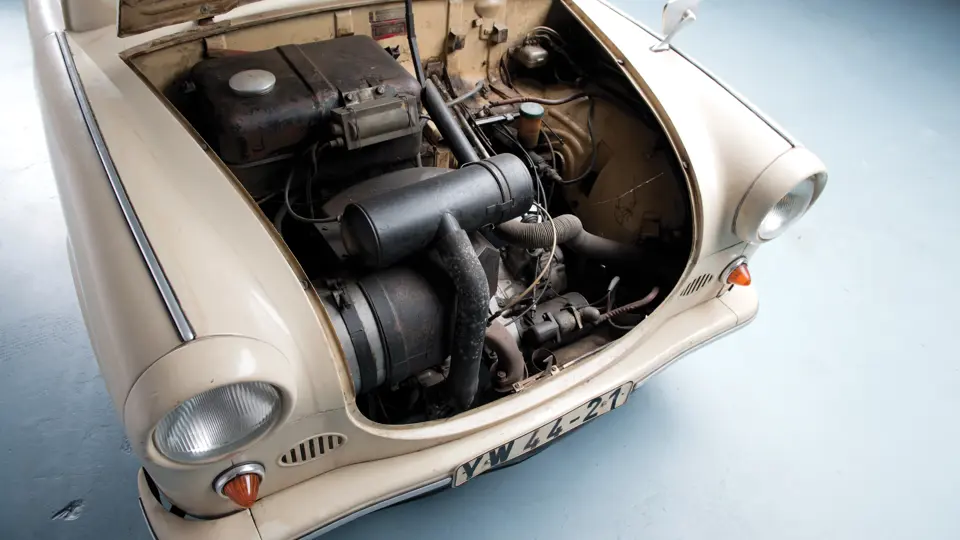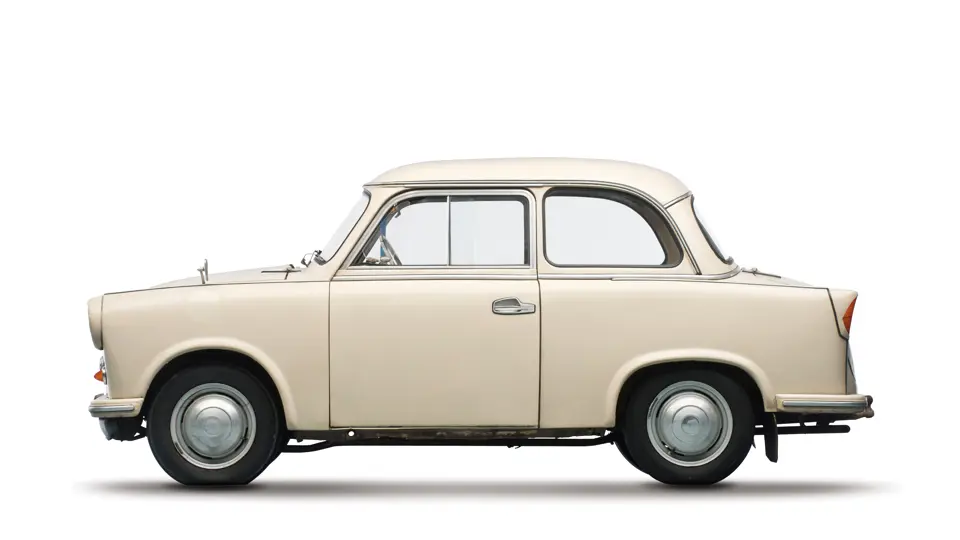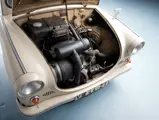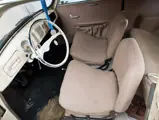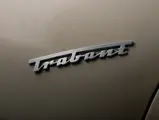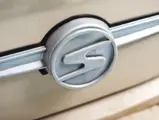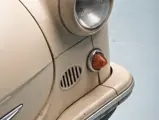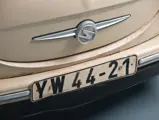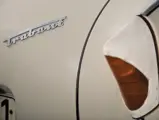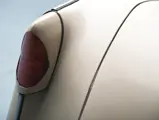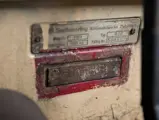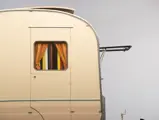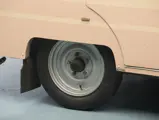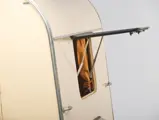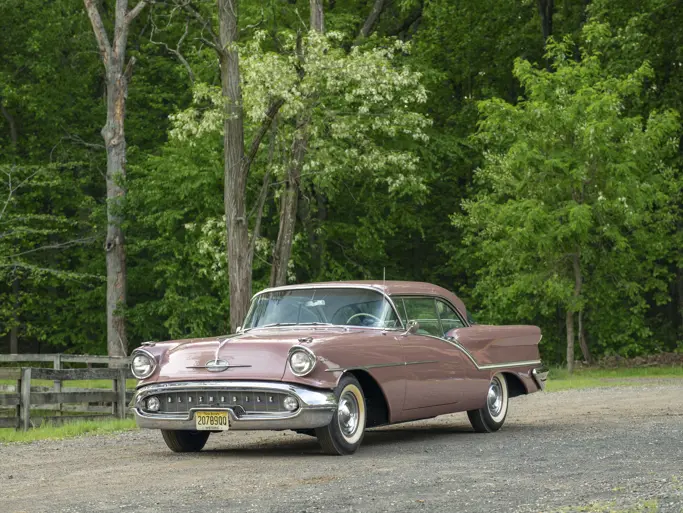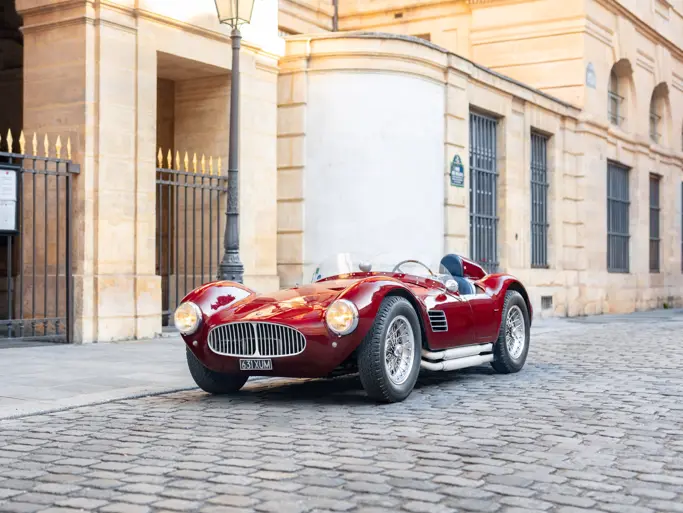A symbol of East German leisure—an all-original Trabant with matching trailer.
SPECIFICATIONS – Trabant P50
Manufacturer: VEB Sachsenring Automobilwerke
Origin: Zwickau, East Germany
Production: 106,117 (all models)
Motor: AWZ 2-cyl, 2-stroke
Displacement: 499 cc
Power: 18 hp
Length: 11 ft.
Identification No. 5005538 (Trabant); 06173 (trailer)
SPECIFICATIONS – Camping Trailer
Manufacturer: PGH Heinstolz
Origin: Wefectingen, East Germany
Length: 6 ft. 7 in.
Identification No.: 06173
If the Volkswagen Beetle was a symbol of German post-war hard work, the “Trabi” may be considered a symbol of political determination to finally break down and go through the Berlin Wall.
The Trabant was produced at the Mosel plant in Zwickau. Its predecessor, the Type P70, first left the production line of a pre-war DKW plant in 1954, for a market where people were pleased to get any cars at all after years on a waiting list. The next car, the P50 of 1957, was the actual Trabant. Its body was made of Duroplast (a mixture of cotton, ground wood pulp, and resin resembling Bakelite) and was the source of many jokes, which were in fact misplaced, as in reality it was every bit as strong as a body constructed of fiberglass, and it pioneered the use of recycled materials.
This particular car is original and unrestored and has spent much of its time in museums. It is offered together with the 1973 Weferlinger Heimstolz Camping Trailer. A model LC9-200 example, it was likewise made in East Germany, developed specifically to be towed by the Trabant car. Construction is of double-walled, marine-grade plywood coated with a synthetic enamel. There is a window on each side, as well as a swing-out one on the front and in the roof. The entrance is of the Dutch-door type, allowing the top half to open separately.
Lightweight solid wood from Finland is used throughout the interior. The camper is fitted with a clothes closet and under-bench storage, and most of the interior space can be converted into a bed for two in less than a minute. In fact, there is even a two-burner propane cooker, and provision is made for either 12V DC or 240V mains power.
These little “Wefi’s” have developed a cult following and, when offered in conjunction with an original Trabant, make for not only an attractive pairing but are very representative of economical post-war camping in Europe.




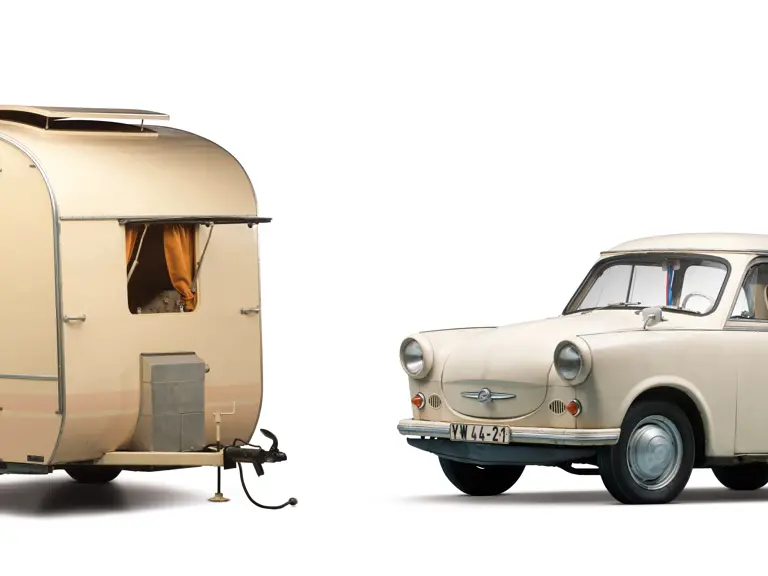

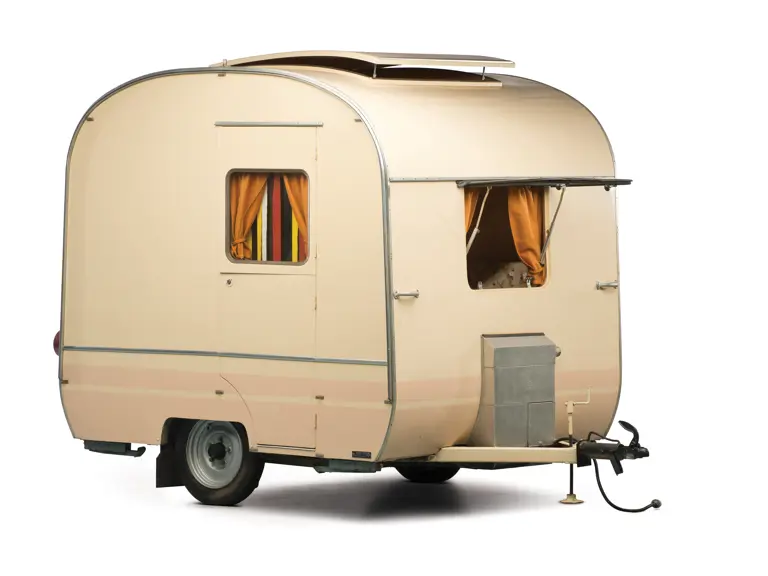

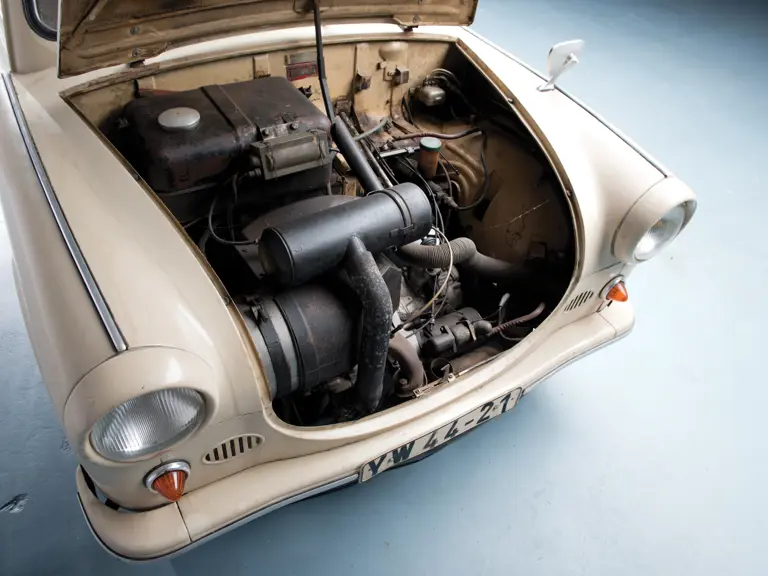

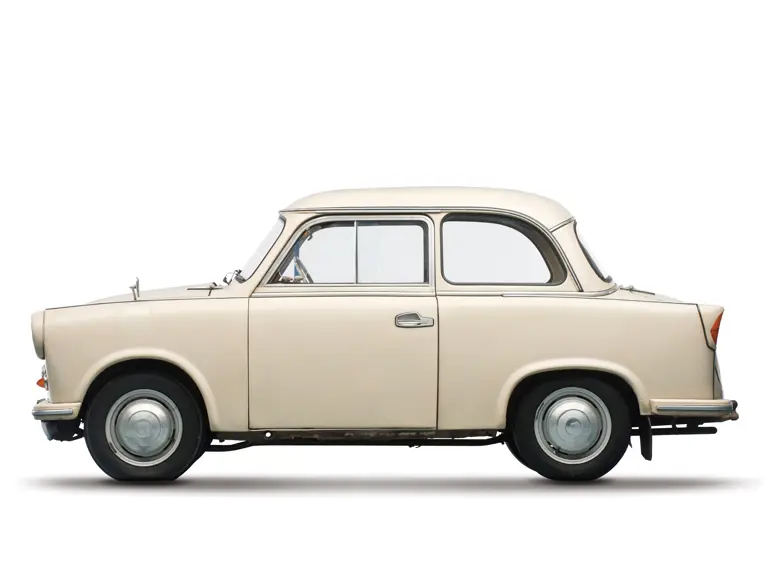
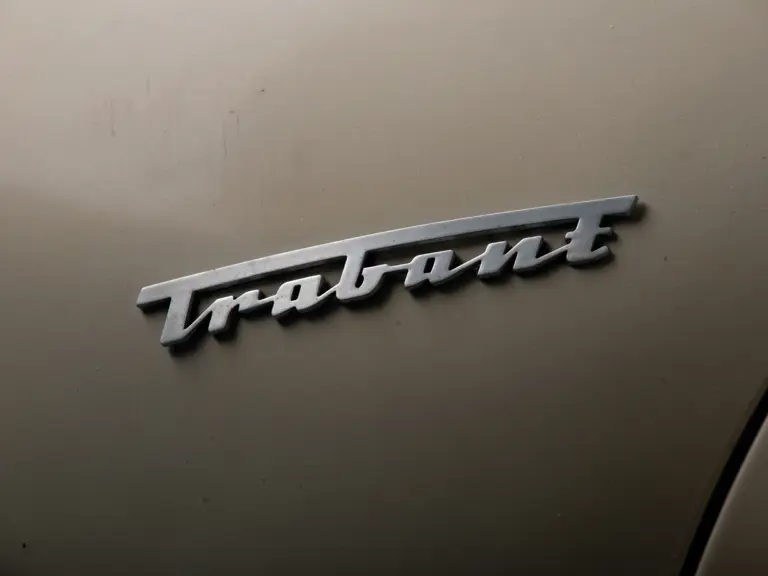

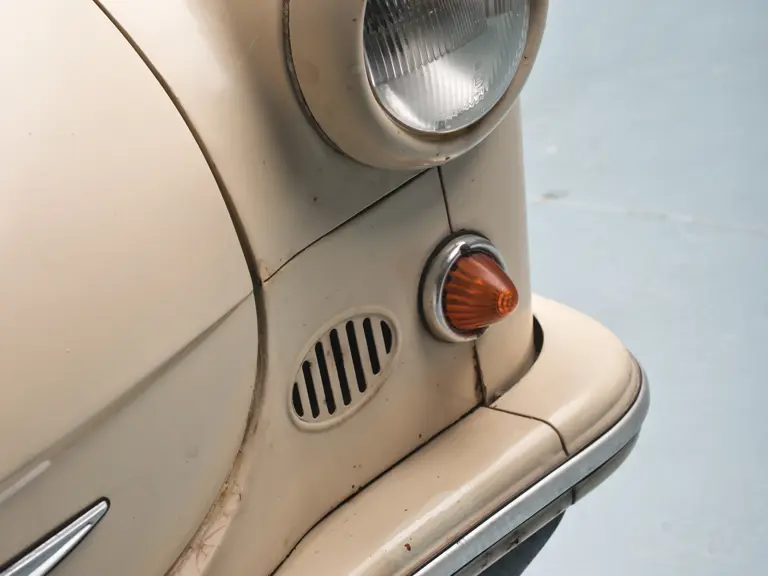

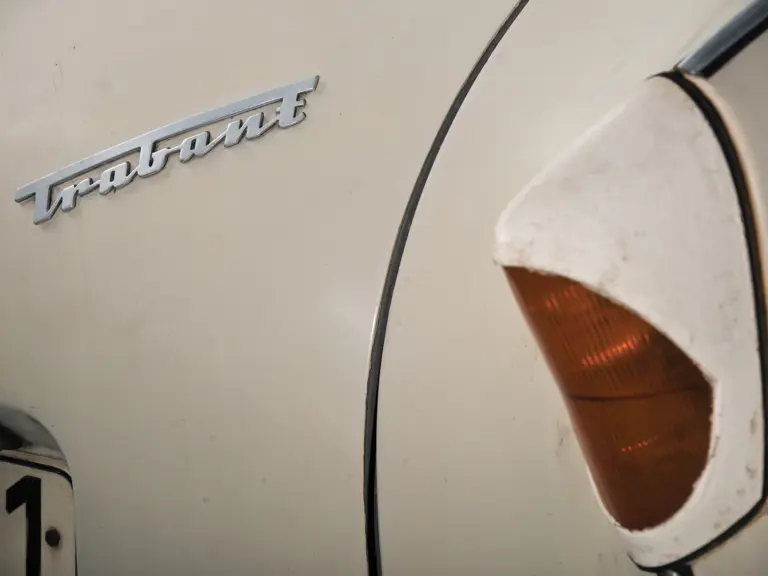
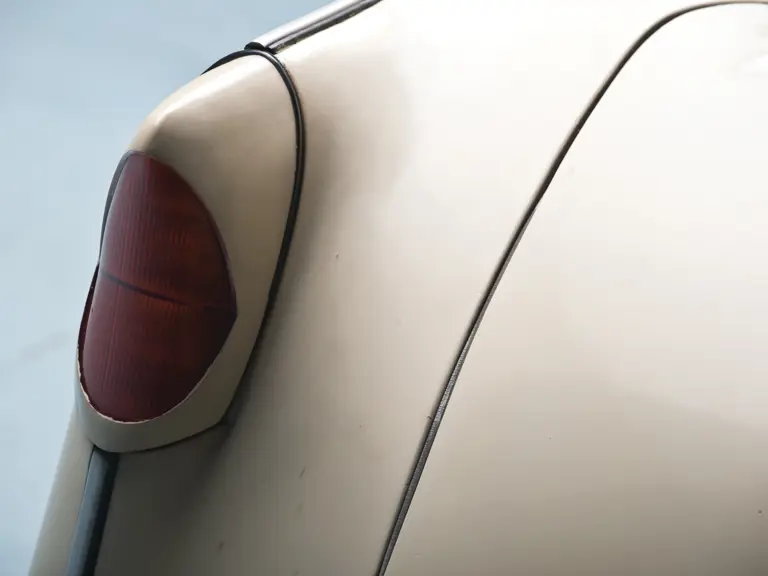


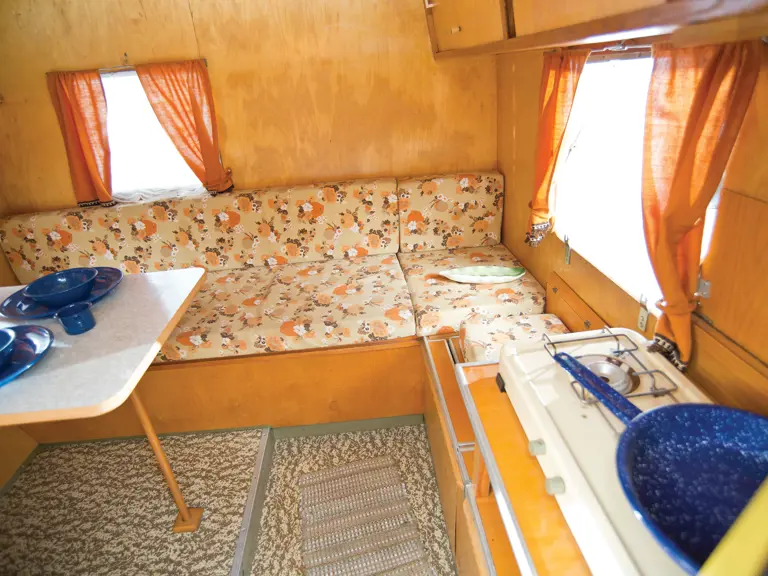

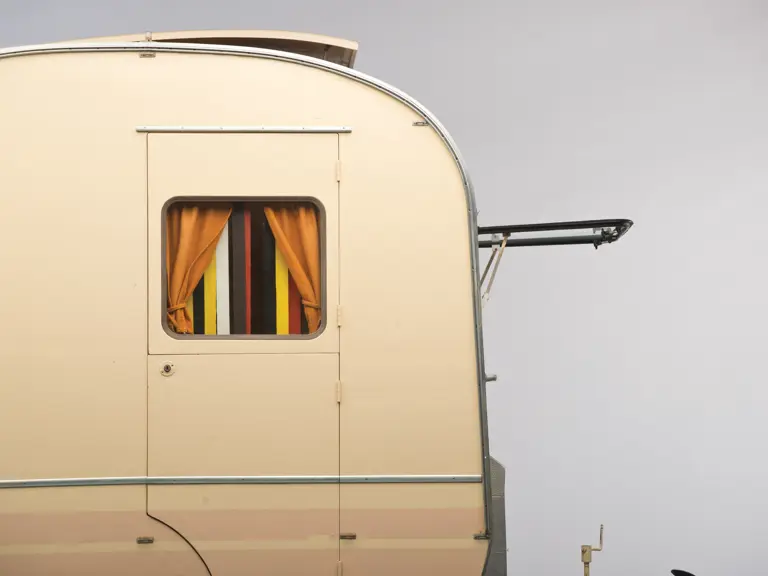
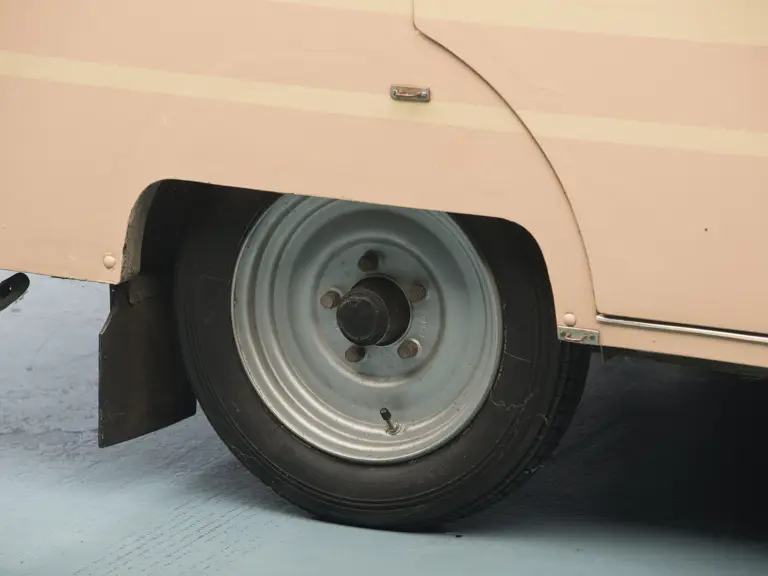
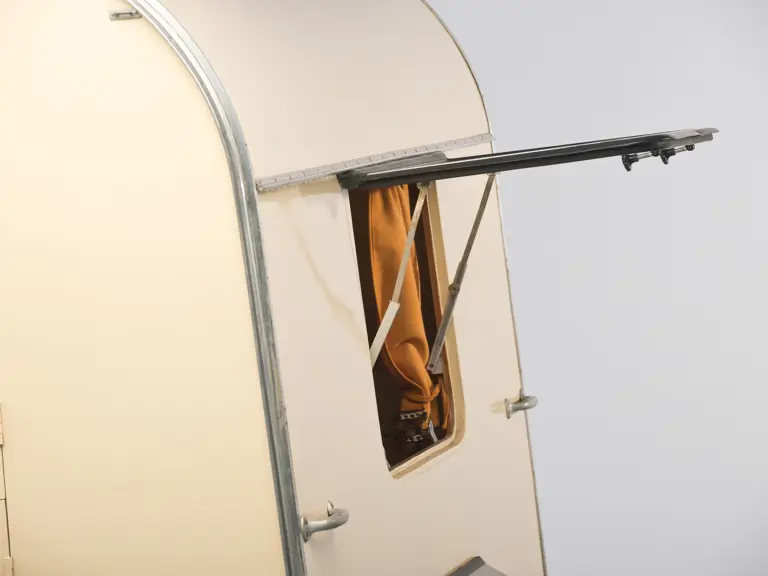
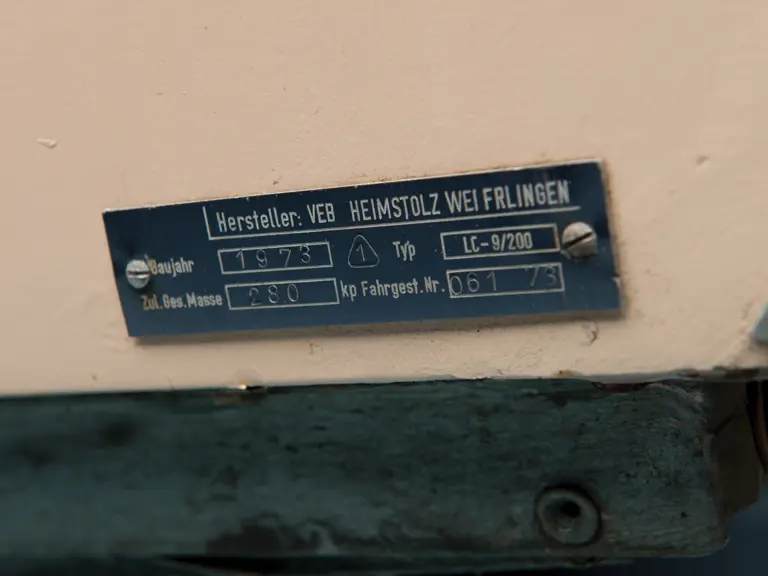
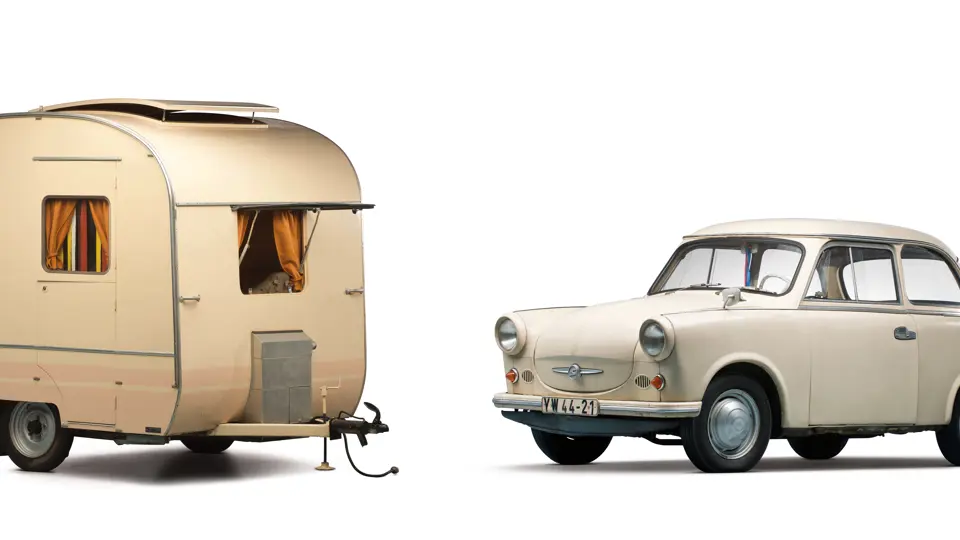
 | Madison, Georgia
| Madison, Georgia
